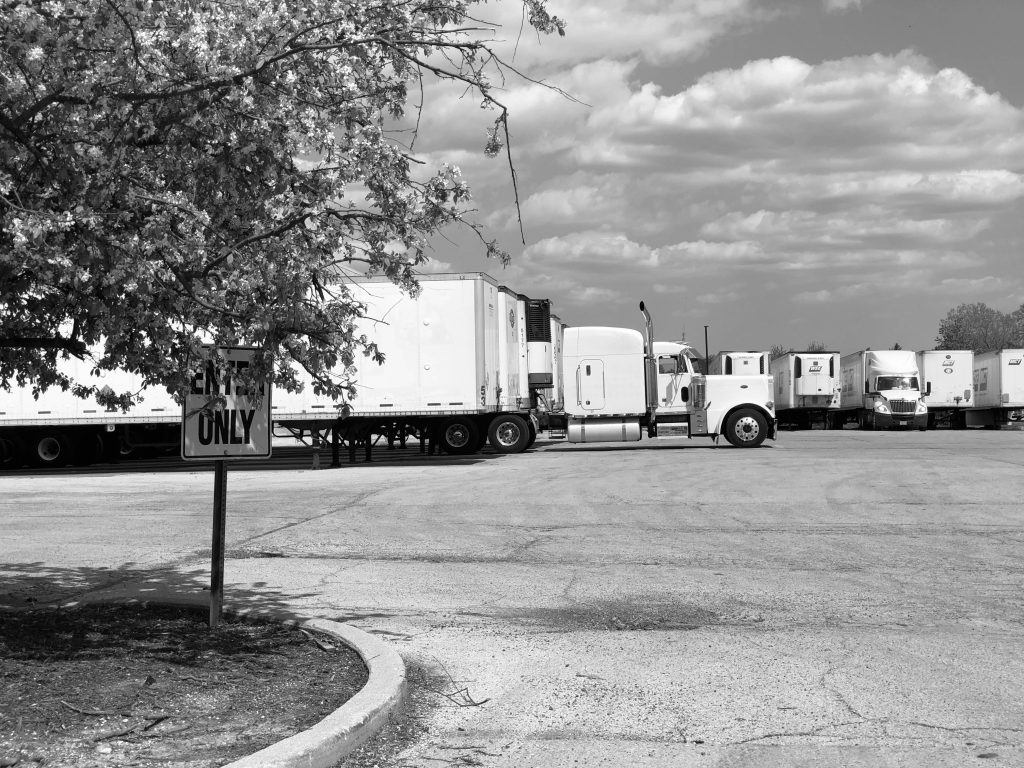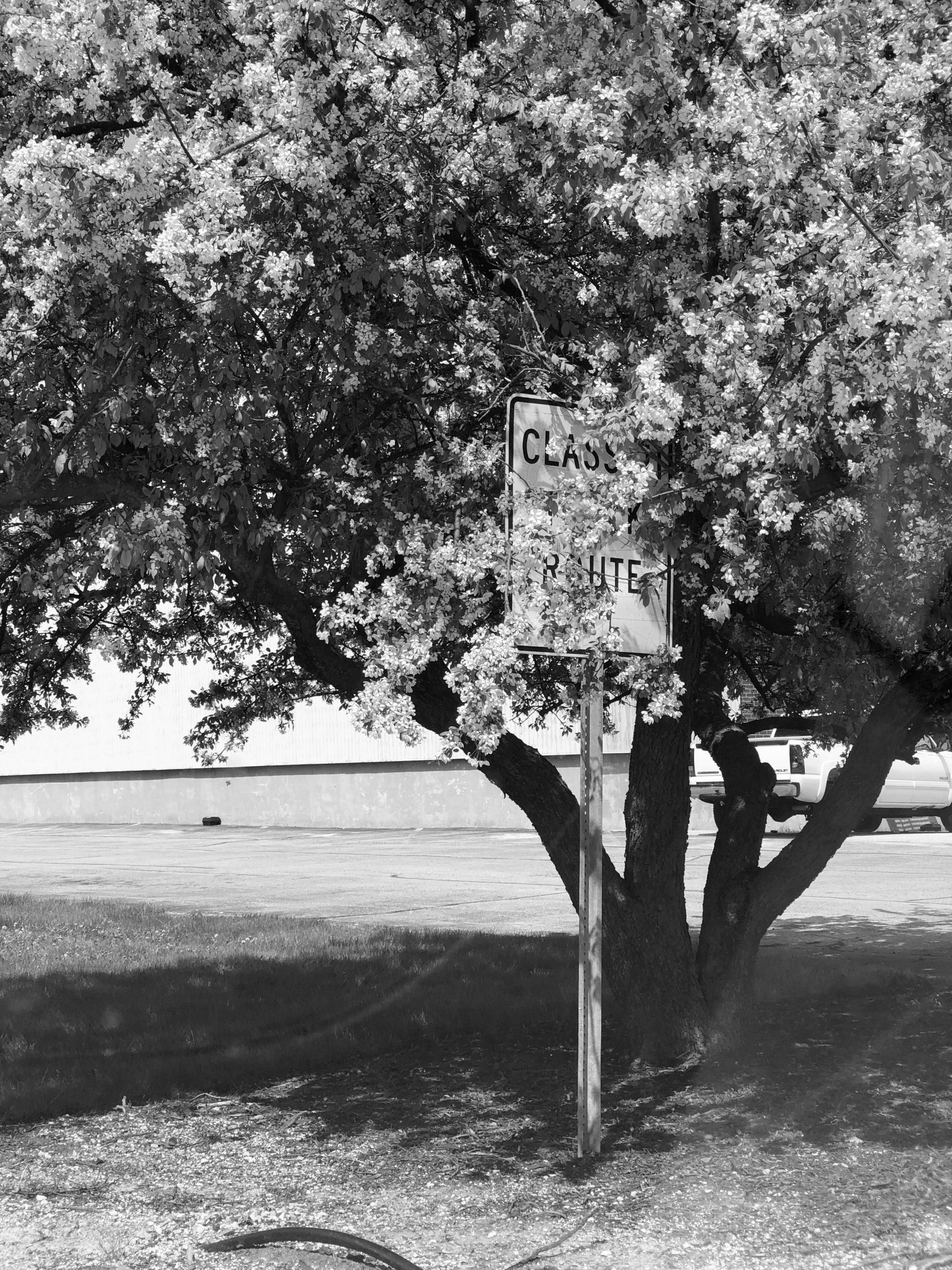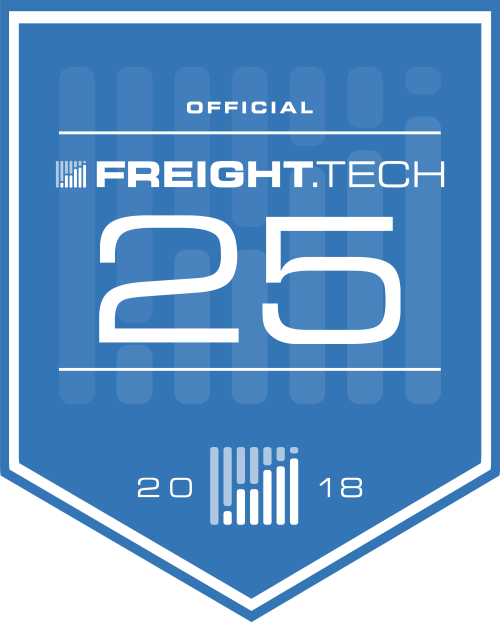Its just a small sign made of plastic, metal or stone. You know, that small little sign in the front of your warehouse that tells drivers where to go. The one that the trees and bushes have over grown so you cant read anymore. The one that is so sun faded that its no longer legible. Yea, that one.
How crucial is it for a driver to know which way to navigate your facility? Entrances, exits, etc.
This may seem obvious or trivial to anyone like employees who visit the facility all the time but when truck drivers pull up to a location, they look for signs, yard entrances, dock doors, etc. What may seem obvious in your yard or at your docks, may not be totally obvious to newcomers.

You may see a few different kinds of deliveries come to your facilities: LTL, long haul, special deliveries, etc. With LTL usually sending the same few people to the same location daily or weekly, they typically know the procedures and rules at your facility. With turn over rates being so high at major LTL carriers, (about 70 percent) this can lead to new drivers visiting your facility on a regular basis.
Long-haul drivers typically do not go to the same place over and over again unless its a contracted lane. Full truck load carriers have even higher turn over rates, about 80-90 percent. This means the chances are greater for having new drivers at your facilities every time they arrive, making it a new stop every time.
Every time a truck driver arrives to a facility they have never been to before, a hole new learning experience has to happen. They arrive and have a bunch of questions; where do I go, what do I do, where are the docks, how long is this going to take, where do I check in, where is the nearest parking, can I use the restroom facilities here, etc. This leads to slower, more difficult and less safe stops. If a driver knows what to do on your property, the likelihood of it being a successful stop is greater.
Long-haul drivers usually drive bigger trucks as well. With nights spent in the truck, a sleeper unit on the back of the truck is a necessity. Sleeper bunks can range in size from small 36’’ bunks to large 180’’ units that have a kitchen, bathroom and multiple beds. As you can imagine, the larger the truck size, the harder it is to navigate your truck thru a shipping yard and loading docks, especially if they are guessing on the procedures and where the docks are.
Here at Dock411 we see all different types ways to communicate to drivers. Some great, with signage all over the building, clear direction they should follow, and everything laid out very nicely. Some not so great, with little to no signage at all, very tight yard entrances, hazards all around.
Efficiency is king at warehouses and distribution centers and a big component of that is clear communication. When drivers navigate a facility knowing what to expect and where to go, things get a lot easier for everyone. Faster, easier and safer stops makes everyones jobs easier, and gets you one step closer to being a shipper of choice.
Sign up with us to show drivers what to do at your facilities before they arrive.

